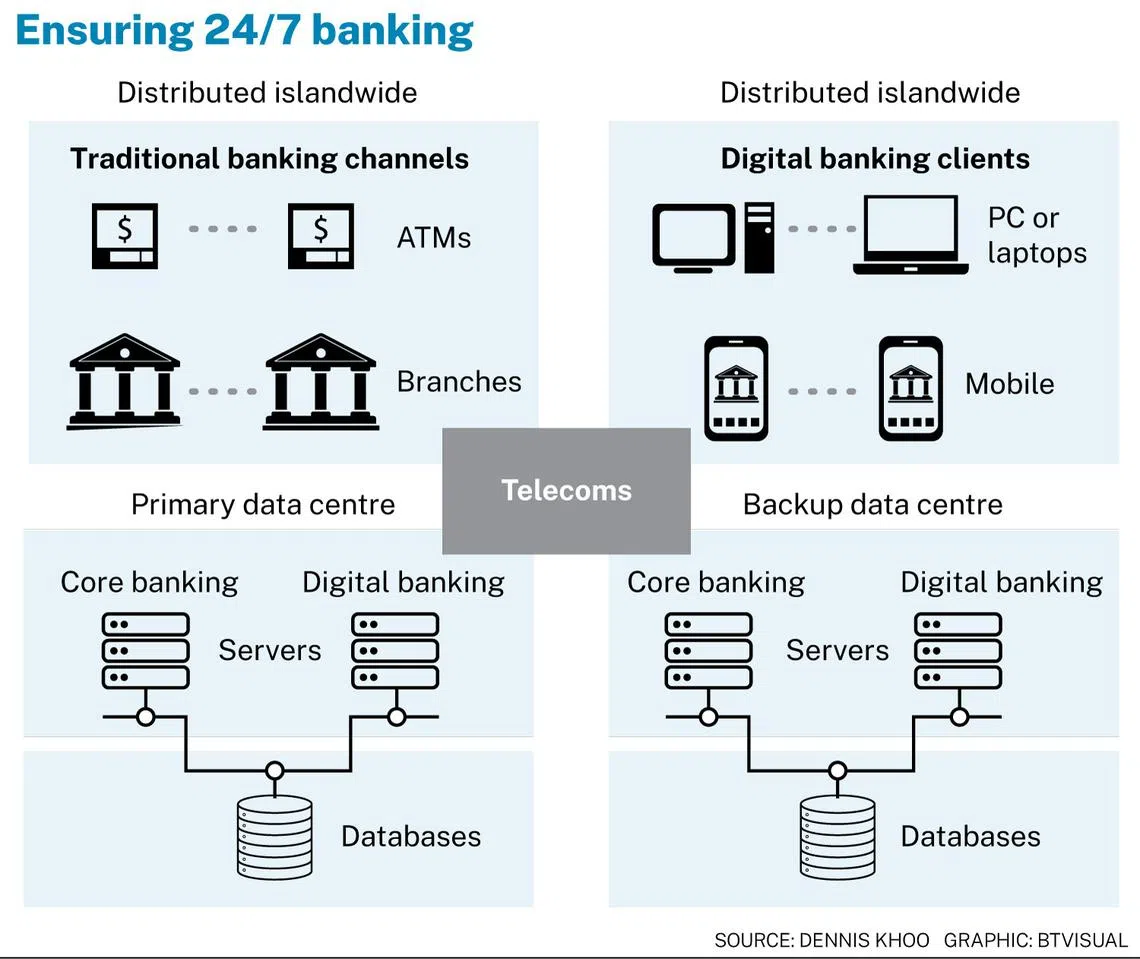Achieving high-availability and 24x7 banking services
Recent incidences of banking and e-payment outages have raised the question – what will it take to ensure failproof services?
MISSION-CRITICAL applications are designed to have redundant components so that when one part fails, the backup component is activated to allow the application to continue with little or no interruption. Whether it’s a critical service like banking or ensuring flight safety on an aircraft, we often take for granted the redundancies that make these services resilient to the failure of any one component. In an aircraft, for example, the rudder (the movable part of the aircraft at the back of the fin) allows the plane to turn left or right. The rudder is a critical component and hence is controlled by three separate hydraulic systems to provide the required redundancy in case of failure.
When it comes to banking, the key difference is that there are multiple components, likely located in different geographical locations, that must be switched over in tandem for redundancy to work.

The figure above is a simplified diagram of the essential components required to provide high availability of banking services. The primary data centre houses the core banking servers and databases necessary to provide your everyday banking services. In the event that the primary data centre is inoperable, a backup data centre located in a different location – or for even greater redundancy, in a different country – will take over to provide banking services.
Decoding Asia newsletter: your guide to navigating Asia in a new global order. Sign up here to get Decoding Asia newsletter. Delivered to your inbox. Free.
Share with us your feedback on BT's products and services
